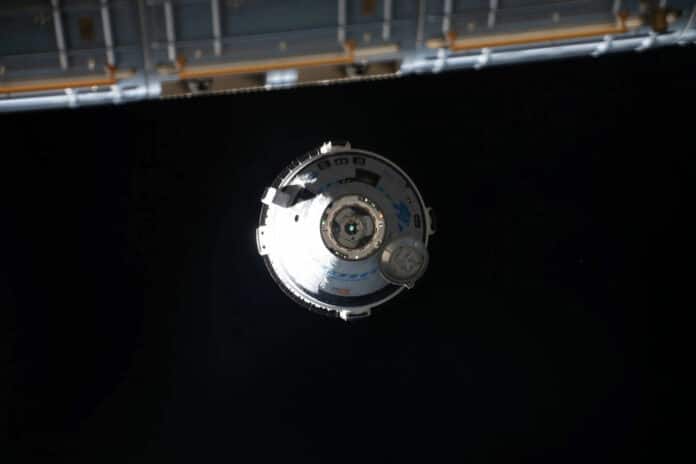The Boeing Starliner crewed spacecraft is set to launch after more than a decade of delays and development.
Originally conceived in 2010, the CST-100 Starliner was created under a NASA Commercial Crew Transportation Capability (CCtCap) contract, with the aim of ferrying cargo and crew to and from the International Space Station (ISS). SpaceX’s Crew Dragon was another contender for the same program, as NASA sought to encourage competition.
It may have seemed unfair at the time, given Boeing’s long-standing reputation and impressive track record in the aerospace industry. However, SpaceX, a relatively new player led by a man with a reputation for making extravagant promises that often failed to pan out, has managed to make a significant impact.
With a series of groundbreaking achievements, including the successful launch of the Falcon Heavy rocket and the Crew Dragon spacecraft, SpaceX has cemented its place as a leading contender in the industry. SpaceX might have been considered a relative newcomer in the industry, but it’s now a leading player with an impressive portfolio of achievements.
The evolution of the space industry over the past fourteen years is remarkable. SpaceX has already made several successful visits to the space station and launched its own private missions into orbit. On the other hand, Boeing’s Starliner program has faced several delays, cost overruns, and embarrassing mission failures, which is surprising considering the company’s experience in the field.
Moreover, Boeing has had to deal with several scandals, including the 737 MAX 8 crashes, stock market plunges, and CEO sackings, among others. Therefore, when Starliner launches on May 6, a lot more than just the two astronauts aboard will be hoping for its success.
Starliner is a spacecraft that is designed to carry up to seven astronauts and 220 lb (100 kg) of cargo. It’s a more advanced version of the Apollo Command Module, and it has a semi-reusable capsule for up to 10 flights and a disposable service module for power and propulsion. The spacecraft has autonomous flight systems and a weld-free design for greater strength with less weight.
However, Starliner has had a history of problems and was originally supposed to be fully operational by 2015, but the launch date has been pushed back multiple times.
In 2019, the Starliner experienced a failed maiden flight due to a malfunctioning launch timer, causing its engines to misfire. Fortunately, the uncrewed spacecraft was safely recovered. Later, in August 2021, there was a launch abort due to valve problems in the attitude control thrusters.
In May 2022, a second uncrewed test flight visited the ISS, but there were still some minor delays. Unfortunately, in 2023, there was a major delay due to issues with the wiring and parachute harness, which resulted in an indefinite postponement.
Boeing and NASA are gearing up for their first manned spaceflight scheduled for Monday at 10:34 pm EDT from Space Launch Complex-41 on Cape Canaveral Space Force Station. The mission will be launched atop an Atlas V rocket and will carry NASA astronauts Barry “Butch” Wilmore and Sunita Williams. The crew will spend ten days at the ISS before returning to Earth for a parachute landing in the southwestern US. If this mission is successful, later missions will carry up to four astronauts.
